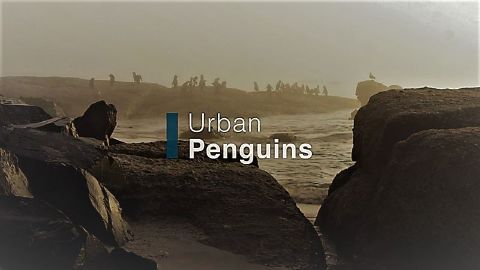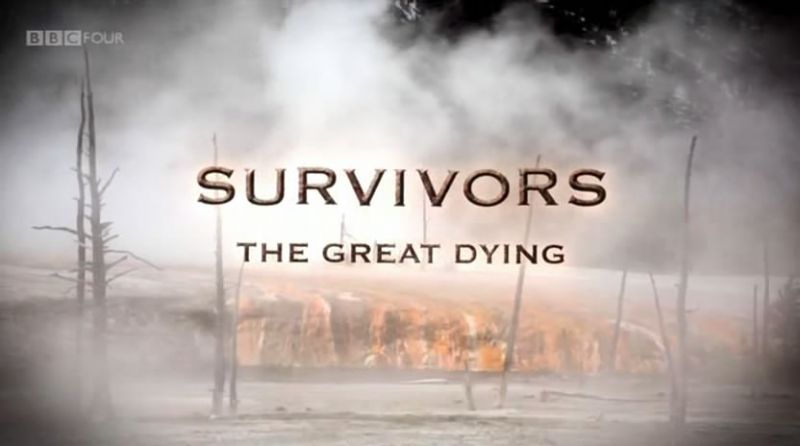Kings of the Desert • 2017
In the Kalahari Desert, lions grow to be the size of grizzly bears--and they have appetites to match. These big cats need big prey to survive, but hunting giants isn't easy, even for the king of beasts. Follow the unique pride that rules over this desert empire during the worst drought in decades and see how they strategize and use their might to dominate their prey. Dry season is usually a windfall for lions, but this year, it will push these apex predators to the brink.
Make a donation
Buy a brother a hot coffee? Or a cold beer?
Hope you're finding these documentaries fascinating and eye-opening. It's just me, working hard behind the scenes to bring you this enriching content.
Running and maintaining a website like this takes time and resources. That's why I'm reaching out to you. If you appreciate what I do and would like to support my efforts, would you consider "buying me a coffee"?
Donation addresses
BTC: bc1q8ldskxh4x9qnddhcrgcun8rtvddeldm2a07r2v
ETH: 0x5CCAAA1afc5c5D814129d99277dDb5A979672116
With your donation through , you can show your appreciation and help me keep this project going. Every contribution, no matter how small, makes a significant impact. It goes directly towards covering server costs.





